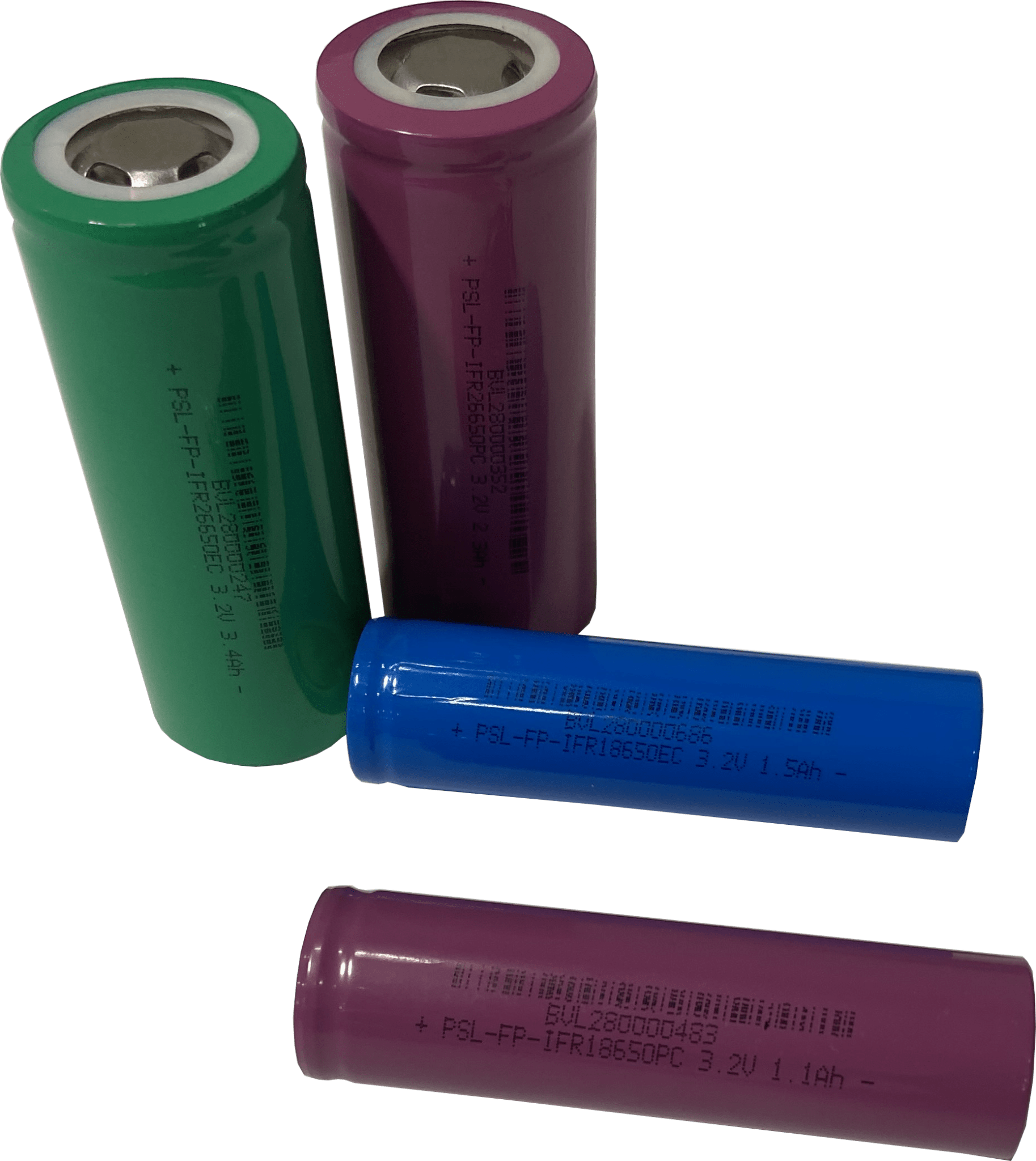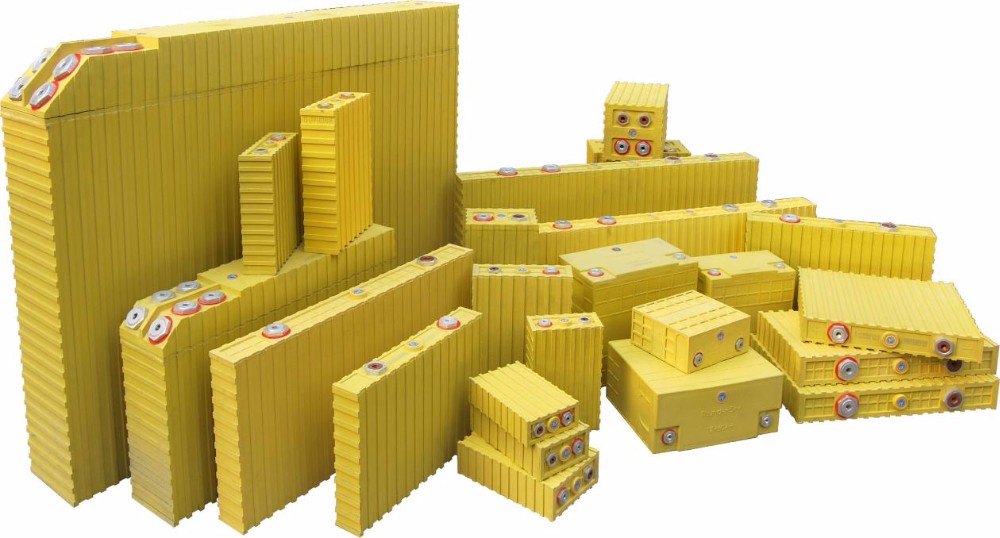

These are lead-acid batteries that have a sealed casing that prevents the escape of oxygen gas, hydrogen gas, and water vapor formed inside the battery. Sealed Lead-Acid Batteries Or Valve-Regulated Batteries This specific battery has 14Ah at 12volts. Yuasa YUAM2214A YB14A-A2 Battery is also a good flooded battery that is made by Yuasa USA.

Trojan T-1275 is a good example of a flooded lead-acid battery.

When the battery is toppled over, the acid will leak through the vents and cause damage as sulfuric acid is very corrosive. These maintenance routines are very crucial and when not done, will lead to damage to the battery.įlooded lead-acid batteries must be kept in an upright or verticle position. Water in the electrolyte evaporates and needs to be topped up at regular intervals. Sulfate from the sulfuric acid gets deposited on the electrodes and these deposits on the electrodes reduce the battery capacity.

The gassing of the battery leads to a decline in the levels of the electrolyte and these batteries will need periodic maintenance. The battery has an opening at the top with vents to cater to the rising pressure due to the gas build-up. The sulfuric acid is usually concentrated at 35% sulfuric acid and 65% water. In these battery types, the electrodes that are made of lead and lead oxide are dipped in a dilute solution of sulfuric acid. Furthermore, Battery Space suggests these batteries could also be used in system-critical backups for power systems. Even so, the density of lithium titanate batteries is still higher than other non-lithium-ion batteries, which is a plus.Īpplications for these batteries can include military and aerospace uses, and they may also be used for storing wind and solar energy and creating smart grids. However, these batteries have lower inherent voltage, or lower energy density, than other lithium-ion battery varieties, which can present issues with powering vehicles efficiently. The main advantage of the li-titanate battery is its remarkably fast recharge time, thanks to its advanced nanotechnology, states the website Battery Space.Ĭurrently, manufacturers of electric vehicles and bikes use li-titanate batteries, and there is potential for use in electric buses for public transportation. This battery type is commonly preferred for electric vehicles due to its very low self-heating rate.įinally, lithium titanate, also known as li-titanate, is a class of battery that allows for ever-increasing applications. These batteries may come down in price further in the future, as some battery makers are planning to switch their battery chemistry to a higher percentage of nickel so that they can use less cobalt. This means that the raw material cost is lower than it is for other lithium-ion battery options, as cobalt can be quite expensive. The cathode combination ratio is usually 60 percent nickel, 20 percent manganese and 20 percent cobalt. This battery type is most common in power tools and in powertrains for vehicles. They cannot, however, have both properties. Like other lithium-ion battery varieties, NMC batteries can have either a high specific energy density or a high specific power. They include a cathode made of a combination of nickel, manganese and cobalt. Top Battery Metals Stocks on the TSX and TSXVĪlso known as lithium manganese cobalt oxide, or NMC batteries, lithium nickel manganese cobalt oxide batteries are made of several materials common in lithium-ion battery types.


 0 kommentar(er)
0 kommentar(er)
